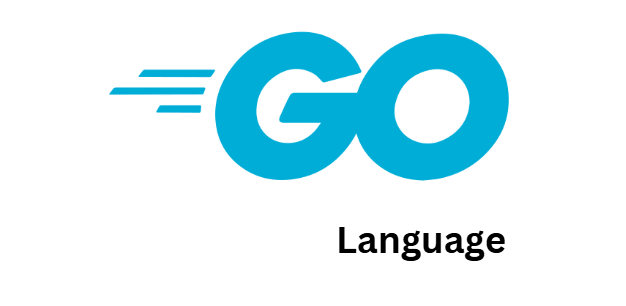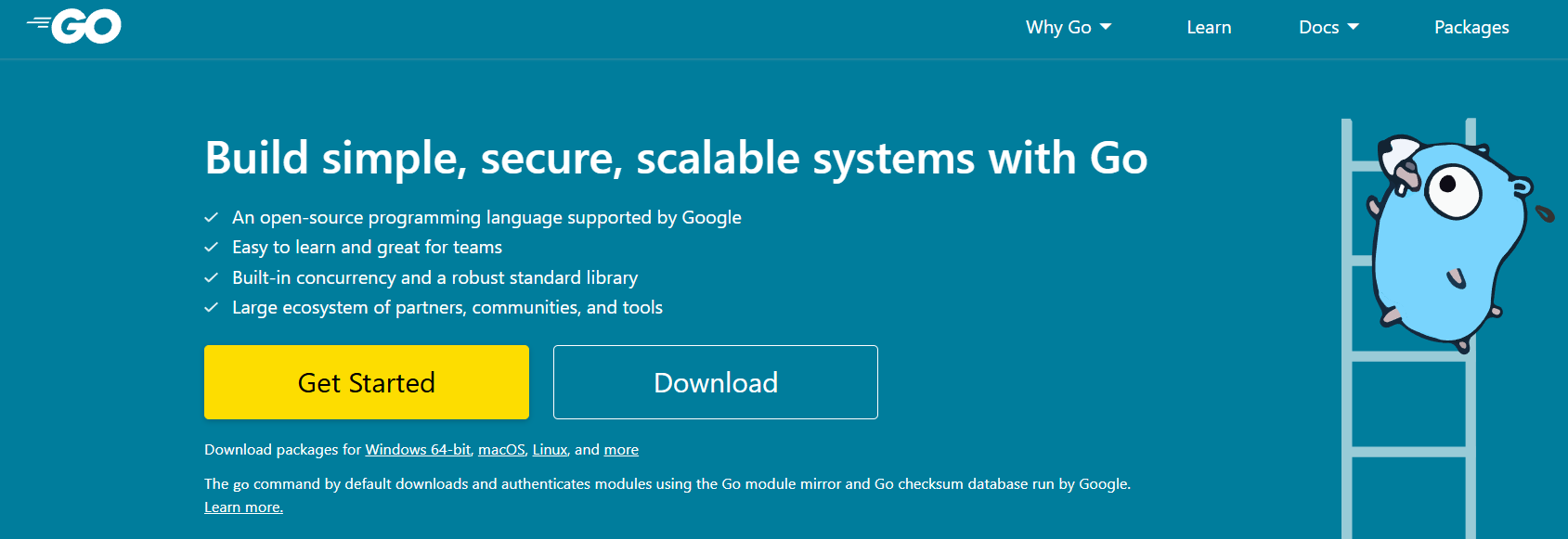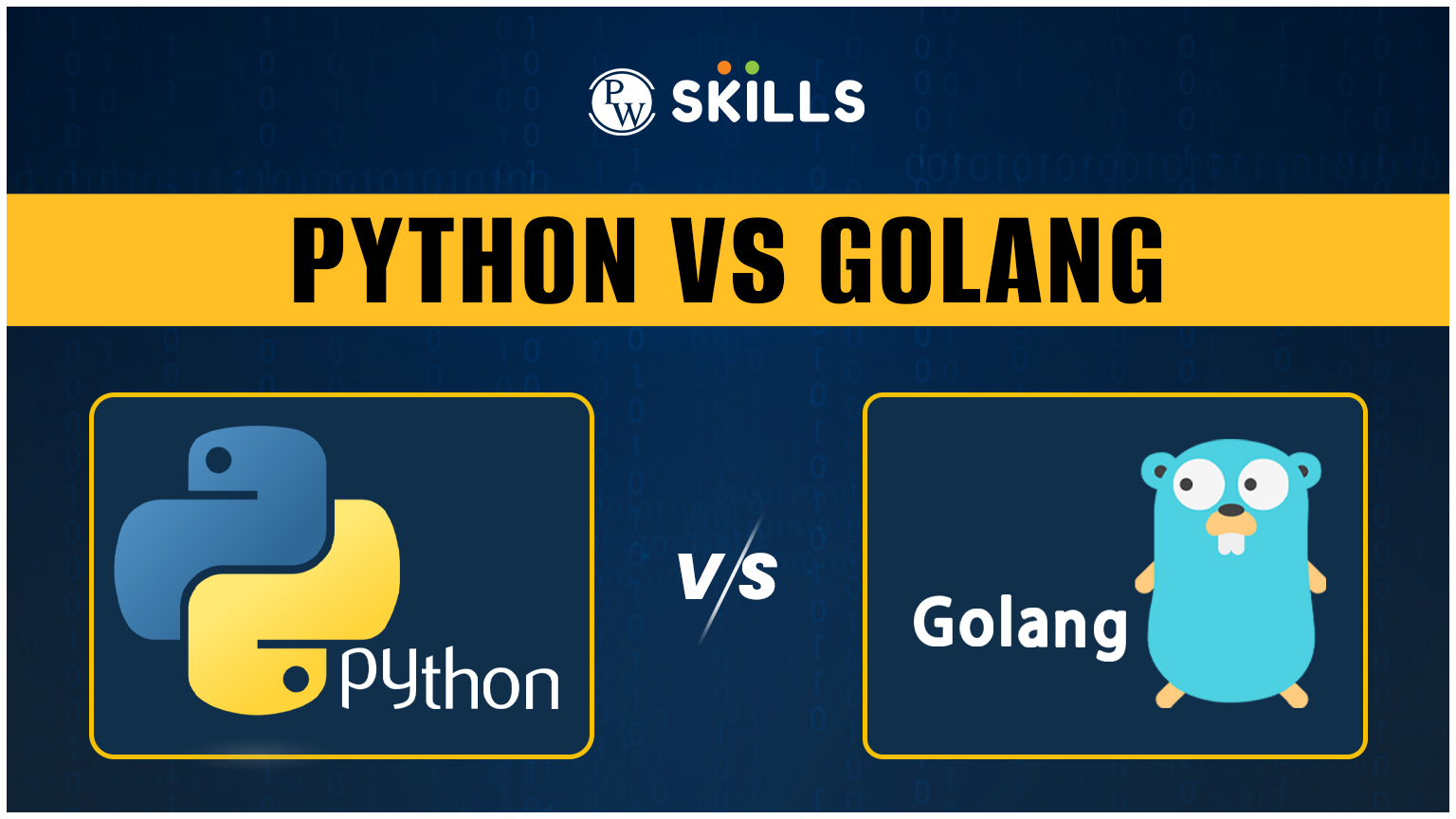Python vs Golang refers to a face off between two popular open source programming languages. Golang is a procedural language while Python is an interpreted language. Python was developed in 1991 and Golang was launched in 2009 almost ten years after the development of the Python language.
Golang is a programming language with a wide variety of applications in cybersecurity, gaming, finance, cloud native development, stand-alone tools, on-demand services, and more. In this article, we will learn more about Python vs Golang, its differences, applications, syntax, and more.
What is Golang Programming Language?
Golang language also known as “Go” is an open source and statically typed compiled programming language developed by Google Developers. This language was created in the year 2007 by Rober Griesemer, Rob Pike, and Ken Thompson and released in 2009.
This programming language is popular for its simplicity, efficiency, and concurrency support which makes it a more suitable choice, especially for software development.

Programmers prefer Golang as it is a simple programming language like Python offering more readable and easy-to-understand code syntax. It is compiled in an efficient way and eliminates the need for third party dependency. All files in the Go language are saved with an extension of .go and you can run the project coded with the .go extension using “go run xyz.go”
| package main
import “fmt” // A simple Hello World program in Go func main() { fmt.Println(“Hello, World!”) } |
Why use the Golang Programming Language?
Golang is a programming language developed by a trusted group of developers at Google. Golang is often compared with Python programming language due to its simplicity and easy to read syntax. Golang is preferred for the backend of web applications and mobile development.

The main objective of the Golang language is to simplify software development, especially with large and complex projects. Go is used to power up many cloud native tools like Kubernetes and Docker. It is well suited for microservices and network servers. Golang is frequently used for processing large sets of data efficiently.
What is Python Programming Language?
Python is a high level interpreted and dynamically typed programming language used in software development, data analysis, data science, machine learning, developing AI models, and more. Python is available for free on the internet where users can easily modify based on their suitability and interest. Python is a popular choice among developers due to its simplicity and easy to understand coding syntax.

Python provides a vast set of libraries and frameworks to support all types of projects whether it is a single page or multiple complex project. Python supports rapid deployment and development of web applications and can provide easy maintenance code. The ease of learning and implementation makes this programming language popular among beginners, especially startups.
Why Choose Python Over Golang Language?
Python generally supports a wide range of projects and can make effective transitions from one framework to another. Python has a simple syntax that is beginner friendly and this makes it ideal for new developers or teams with diverse skill levels.
Python generally provides a vast network of libraries and frameworks for advanced domains like Data Science, AI, web development, automation, and more. Python has a faster development time with a lesser number of code lines as compared to Go. Python has been around for a long time and has more community support than any other programming language.
Python supports cross platform for development with an enhanced ecosystem for developers. Go lacks the same number of tools and community support as Python.
Python vs Golang: Python is an Interpreted Language And Go is Compiled

Python is an interpreted language which makes it executes each line of code line by line without being compiled into machine code before execution. This makes debugging, portability, and flexibility easy in Python language.
Advantages
- Errors are detected at runtime, making it easier to debug small scripts.
- Python programs can run on any system with a Python interpreter, without recompilation.
- Python’s dynamic nature allows for quick prototyping and experimentation.
Go is a compiled programming language which means the code is first translated into machine code that the CPU can execute. Go uses a compiler to convert its source code into a single binary file.
Advantages
- Faster execution as there is no interpretation step during runtime.
- The compilation step catches many errors before execution.
- The compiled output is a standalone binary, eliminating dependency issues.
Python vs Golang: Comparison based on Interpretation and Compilation
| Python | Golang |
| Code is executed line by line at runtime. | Code is compiled into machine code before execution. |
| Slower due to runtime interpretation. | Faster due to direct execution of machine code. |
| Runs on any system with a Python interpreter installed. | Requires platform-specific compilation for binaries. |
| Errors are detected at runtime. | Errors are caught during compilation. |
| Faster iteration due to no compilation step. | Slower iteration as recompilation is needed. |
| Produces bytecode and requires an interpreter to run. | Produces a standalone binary executable. |
You can go with Python when development speed and flexibility in the project are both more important than performance. Use Python with data science, machine learning, and web development projects.
Python Vs Golang: Full Comparison
Let us check some of the major differences between Python vs Golang in the table below.
| Python Language | Golang Language |
| Python is high end based on object oriented programming. | Golang is a procedural language based on concurrent programming. |
| It is an interpreted Language | It is a compiled language |
| Python supports exception handling. | Golang does not support exceptions and it has an alternative error in place. |
| Python supports object oriented programming languages. | Golang does not support object oriented programming. It does not have classes and objects. |
| It consists of inheritance and polymorphism. | It does not consist of inheritance and polymorphism. |
| Python does not support interfaces. | Golang supports multiple and single interfaces. |
| Python is a dynamically typed language. | Golang is a statically typed language. |
| It does not support any inbuilt concurrency. | It supports concurrency by default. |
| Python is more suitable for data analysis, computing, data science, machine learning, and AI models. | Golang is better suited for system programming and web development. |
Learn Python Programming with PW Skills
Get a complete understanding of Python programming language and Data Structures like Python Arrays, Strings, Graphs, trees, etc with Decode DSA with Python Course on PW Skills.
Learn in the presence of dedicated mentors through interactive coursework and in-depth tutorials, practice exercises, module assignments, and projects available in the course. Become a proficient programmer, web developer, data scientist or machine learning expert with this self-paced course only on pwskills.com
Python Vs Golang FAQs
Q1. Which language is easy to learn, Python or Go?
Ans: Python is generally easier to learn due to its simple and intuitive syntax, making it ideal for beginners. Go is also simple but has a more rigid syntax and requires an understanding of concepts like concurrency, which may be challenging for new programmers.
Q2. Which language is faster, Python or Go?
Ans: Go is faster because it is a compiled language that converts code into machine code, ensuring efficient execution.
Python is slower due to its interpreted nature, which involves additional runtime overhead.
Q3. Which language should I choose for data science and machine learning?
Ans: Python is the clear winner due to its extensive libraries and frameworks like NumPy, pandas, TensorFlow, and PyTorch. Go lacks robust tools for data science and machine learning, making it less suitable for these domains.
Q4. Which language is better for building a scalable system?
Ans: Go is better suited for scalable, high-performance systems, especially in cloud and distributed environments. Go’s built-in support for concurrency (via goroutines and channels) makes it ideal for microservices and cloud-native applications. Python can also scale but may require additional libraries like Celery or tools for managing concurrency.

